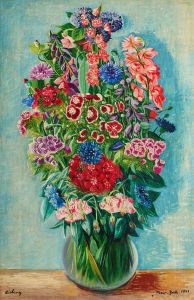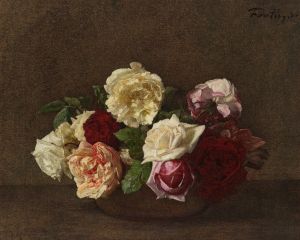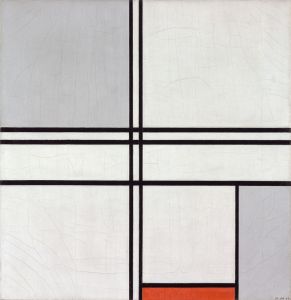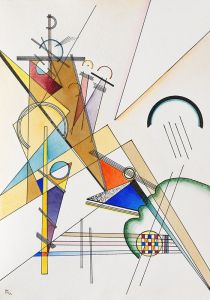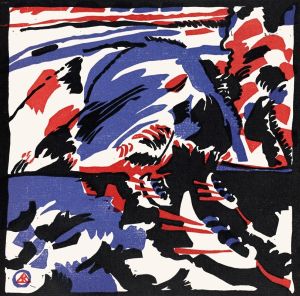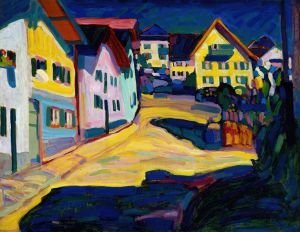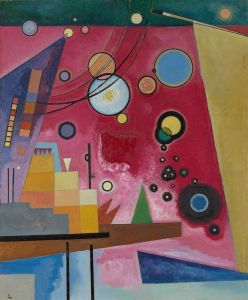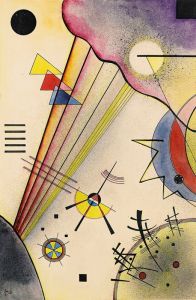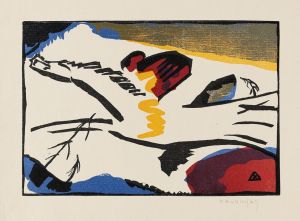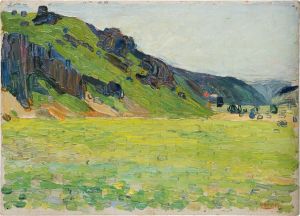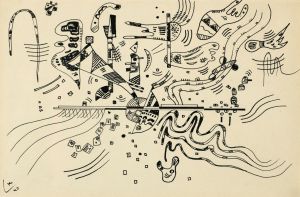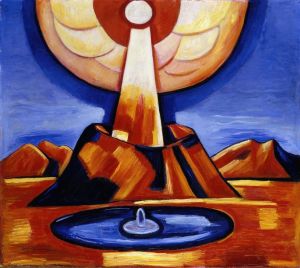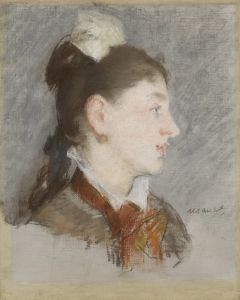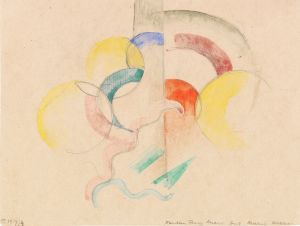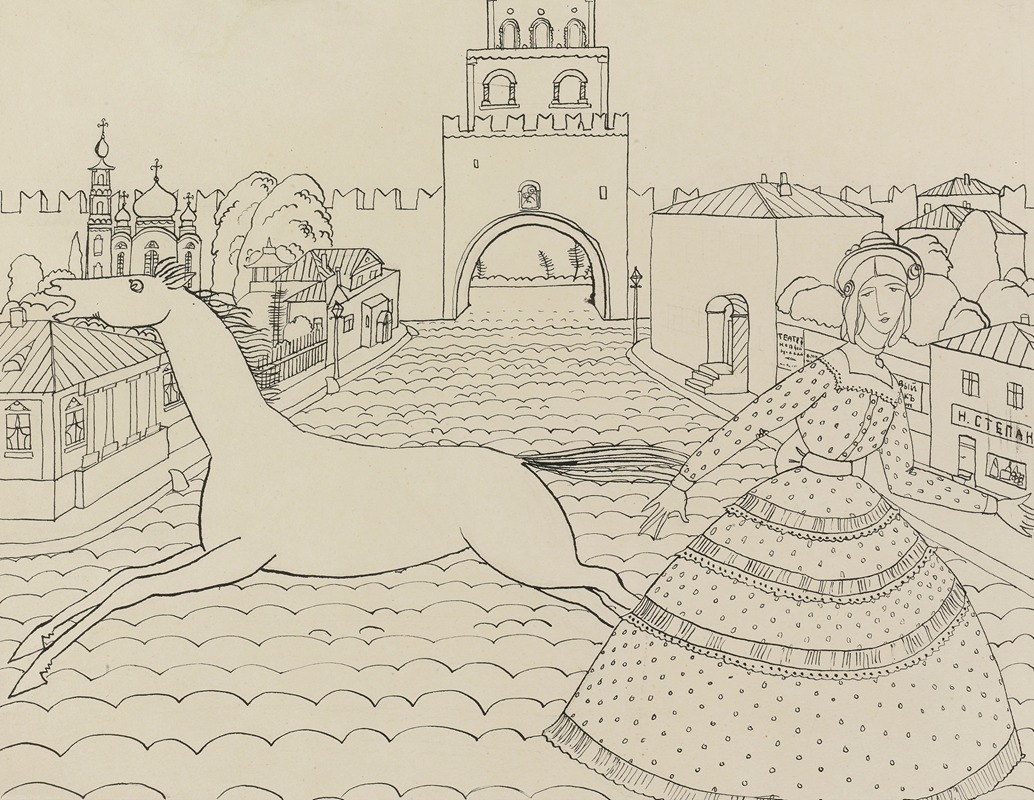
Zeichnung ‘mit Grüner Dame’
A hand-painted replica of Wassily Kandinsky’s masterpiece Zeichnung ‘mit Grüner Dame’, meticulously crafted by professional artists to capture the true essence of the original. Each piece is created with museum-quality canvas and rare mineral pigments, carefully painted by experienced artists with delicate brushstrokes and rich, layered colors to perfectly recreate the texture of the original artwork. Unlike machine-printed reproductions, this hand-painted version brings the painting to life, infused with the artist’s emotions and skill in every stroke. Whether for personal collection or home decoration, it instantly elevates the artistic atmosphere of any space.
Wassily Kandinsky, a pioneering figure in abstract art, created a diverse body of work that explored the relationship between color, form, and emotion. However, there is no widely recognized artwork titled "Zeichnung ‘mit Grüner Dame’" by Kandinsky. It is possible that this title might refer to a lesser-known work, a private collection piece, or a misattribution. Therefore, there is no specific information available about an artwork by Kandinsky under this title.
Kandinsky was born in Moscow in 1866 and initially pursued a career in law and economics. However, his passion for art led him to move to Munich in 1896 to study painting. He became a central figure in the development of abstract art, which marked a significant departure from traditional representational art. Kandinsky's work is characterized by its vibrant use of color and innovative compositions, which sought to evoke emotional responses rather than depict the physical world.
Throughout his career, Kandinsky was associated with several influential art movements and groups. He was a founding member of the Munich-based group Der Blaue Reiter (The Blue Rider), which emphasized the spiritual and symbolic potential of art. This group, active in the early 1910s, included other notable artists such as Franz Marc and August Macke. Kandinsky's work during this period often featured bold colors and dynamic forms, reflecting his interest in the expressive possibilities of art.
Kandinsky's theoretical contributions to art are also significant. His book "Concerning the Spiritual in Art," published in 1911, articulated his belief in the spiritual power of abstract art. He argued that art should transcend mere representation and instead convey deeper emotional and spiritual truths. This philosophy influenced not only his own work but also the broader development of modern art.
In 1922, Kandinsky joined the Bauhaus, a progressive art and design school in Germany. At the Bauhaus, he taught courses on color theory and abstract form, further developing his ideas about the relationship between art and emotion. His time at the Bauhaus was productive, resulting in numerous paintings and theoretical writings that continued to explore the potential of abstract art.
Kandinsky's later works, created after he moved to France in 1933, often feature more geometric forms and a refined use of color. These paintings reflect his ongoing exploration of abstraction and his interest in the intersection of art, music, and spirituality.
Despite the lack of specific information about "Zeichnung ‘mit Grüner Dame’," Kandinsky's legacy as a pioneer of abstract art is well-established. His innovative approach to color and form, along with his theoretical writings, have had a lasting impact on the development of modern art. Kandinsky's work continues to be celebrated for its ability to evoke emotion and challenge traditional notions of representation in art.





